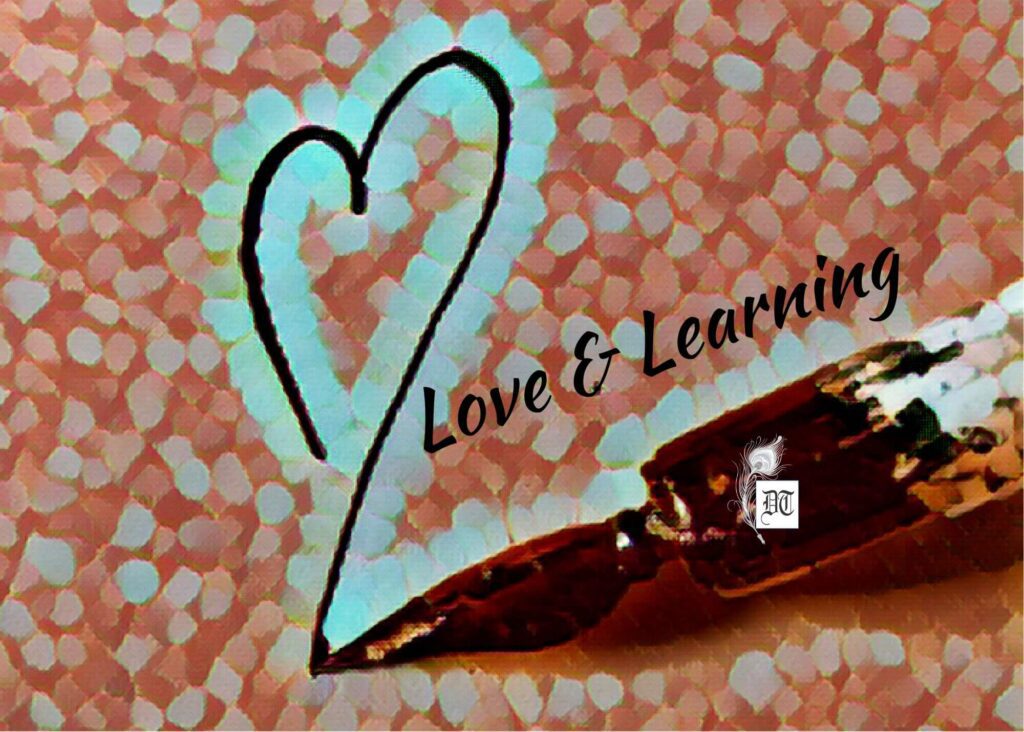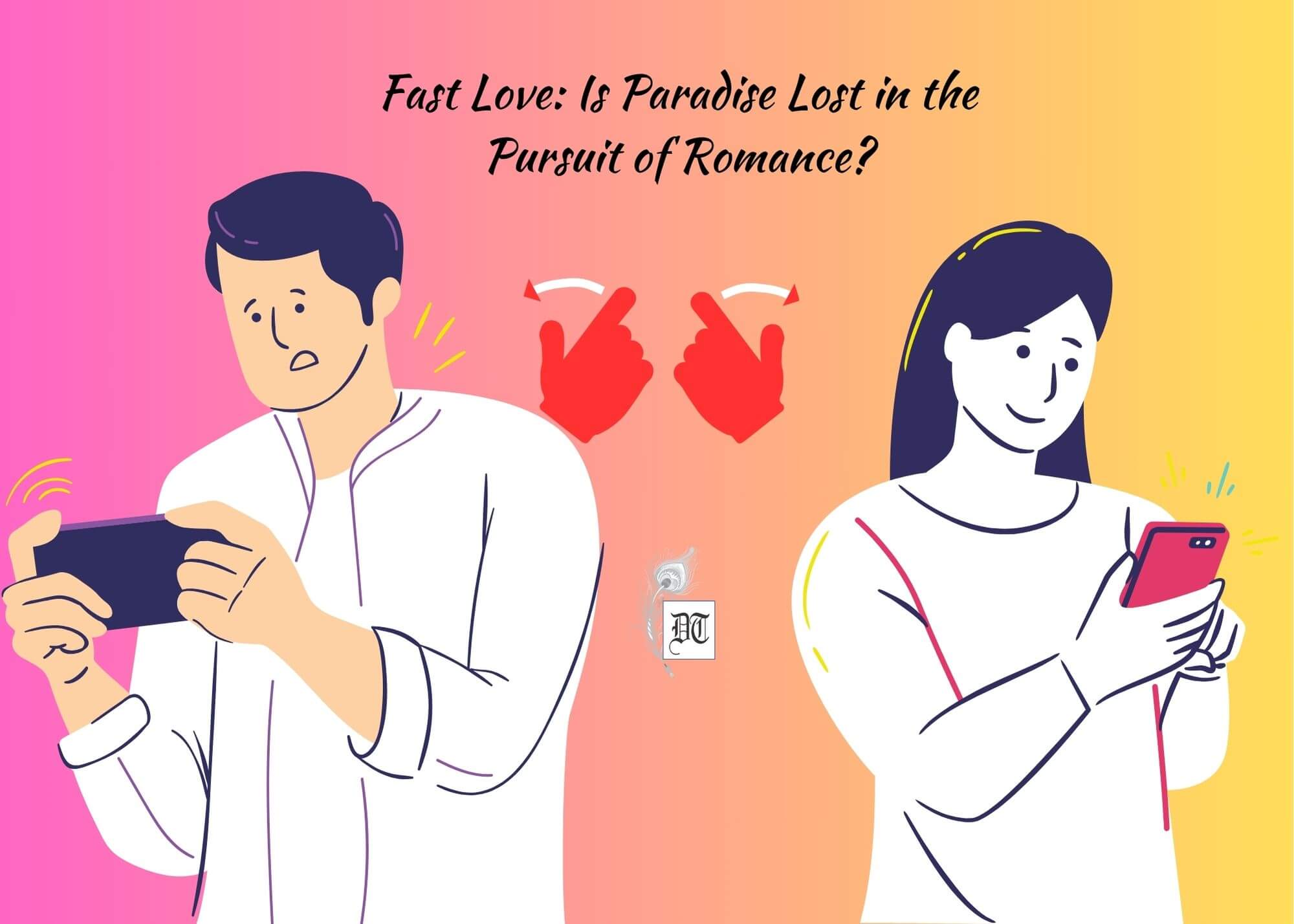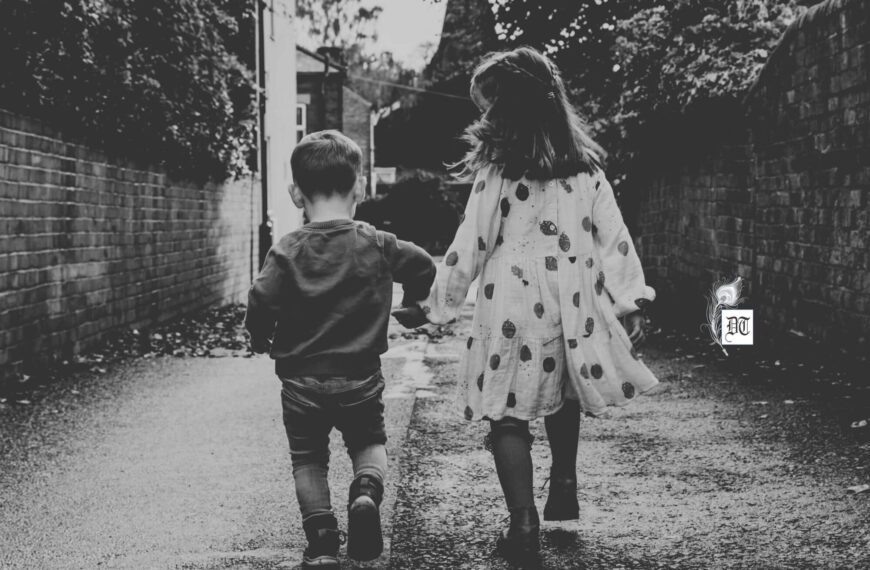Shail’s sharp and witty essay critiques the superficial nature of social media’s influence on love, questioning its ability to fulfil the desire for genuine connection, in the Special Feature, exclusively for Different Truths.

Love descends upon the human horizon like a dragon tail, wish-washing air, energy, and time in its wake. Today, one needs no Cupid’s arrow to throw one into the embracing whirlpool of drowning ecstasy. All it requires is a social media picture or the enviable social status of a friend online, and lo and behold!
One desperately wants to be in love, or even more, one falls in love with the next best-spoilt bet brat, Bina or Bhavin, which could be that scrawny neighbour next door or the show-off good-for-nothing iPhone-displaying lad down the road, or even better, down the Instagram load of identities waiting to be discovered!
Don’t get me wrong! I am not being cynical, nor am I some rejected hag who has never experienced love in her life. That’s the only thing I identify most with—love! But, of course, not the easily falling-for-love kind of specimen that makes one blind, deaf, and hungry at the same time! I am more of a watching, conversing, wanting, and waiting-era kind of gal. I presume that the same goes for many boys and men too, who might want to get into bed with the girl they desire but are willing to wait it out before taking that leap into loving hysteria.
Maybe it was the pure conditioning of that ‘Yug’ (era) or reason learning to hold its reins on lust. Whatever the case may have been, love seldom came with attachments of compulsive disorders of forced dates, unfair loosening of wallet strings by males for their dates, pervasive remembering of birth dates, first meeting dates, first sleeping dates, and many such screwed-up definitions or requirements for being in love. If one failed on any or all the above-mentioned dates, one was liable for a punishment of no kisses, no sleeping around, or even a breakup. One wouldn’t know whether to laugh or cry, to scold or slap, or better yet, give the parents a sound sermon on the art of being in love!
The art of being in love reminds me of the different kinds of love that supposedly exist. Scientists have even studied love! Even earlier, they were preached by ancient scriptures. So, if you didn’t know, love is basically of a few types:
According to the ancient Greeks, we have Eros (which is sexual passion), Philia (which is deep friendship), Ludus (which is playful love), Agape (which is love for everyone), Pragma (which is longstanding love), Philautia (which is love of the self), Storge (which is family love), and Mania (which is obsessive love).
According to Indian philosophy, there are five kinds of love: Kama (or sensory cravings), Shringara (or rapturous intimacy), Maitri (or generous compassion), Bhakti (or impersonal devotion), and Atma Prema (or unconditional self-love).
“That’s all theoretical” would be Generation Z’s constant refrain.
“We are more practical,” they say.
Sure Z. Being practical is a quality that not all possess, and in today’s fast-moving, tech-loving, or tech-inducing love generation, which comes at the swipe of a button, being practical comes easy and convenient with no strings attached. You love, you let go, you pretend you are in love, and nude pictures are all part of the dating or courting process. Many a time, it becomes one of the prerequisites to portray how much you love or trust (no one knows the meaning of either!).
Earlier, not being in love did not mean the end of the world. One always learns to love, whether in a friendship or a marriage. Today, whether one is in love or not, one has to be clubbed in with another. Only then does one feel complete, irrespective of the fact that wholeness is supplied with resources not earned or worked for. It is like being seated on a camel in an exquisite land with edibles, wine, dance, and music, all provided for only until the camel completes his walk. Once the walk is done, food eaten, wine drunk, and dance and music brought to a halt, one falls right into the embrace of the hot, scorching sand, and then there is just one thing left, which people are becoming adept at love for imagined trauma that they use again in victim mode to gain sympathetic vibes in another courting camel ride.
And love moves on…
Fast!
Picture design by Anumita Roy






 By
By
 By
By
 By
By
 By
By